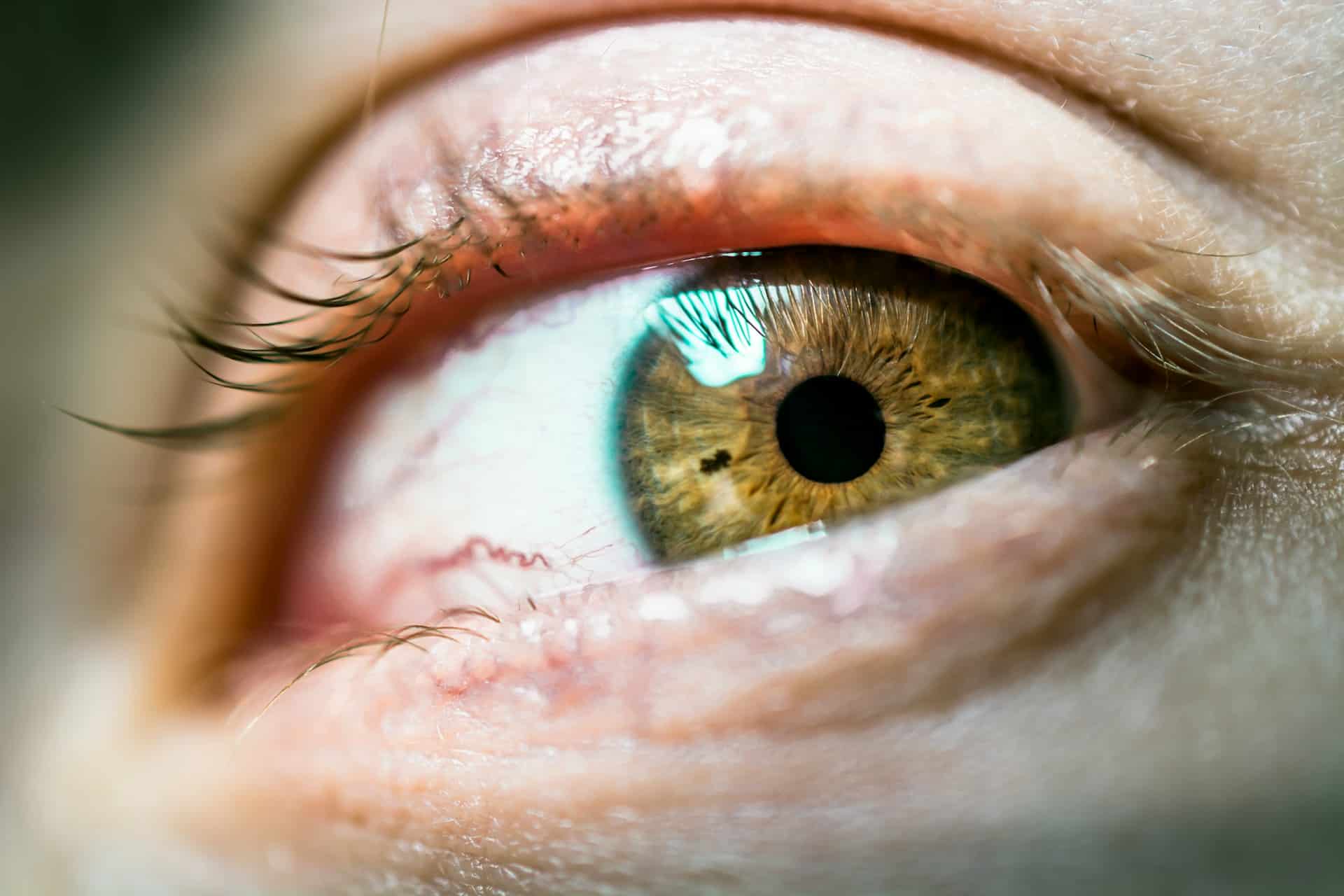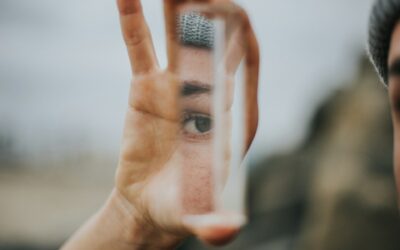A corneal abrasion, a common eye injury involving a scratch on the cornea—the clear surface covering the eye—is often accompanied by symptoms like pain, redness, and, notably, blurred vision. Blurred vision following a corneal abrasion can be a distressing and uncomfortable experience, impacting daily activities and overall well-being.
Causes of How Long Does Blurred Vision Last After a Corneal Abrasion
Blurred vision after a corneal abrasion can be attributed to various factors. The irregularity in the corneal surface due to the scratch disrupts the smooth passage of light through the eye, leading to visual distortion. Additionally, the cornea’s role in refracting light onto the retina for clear vision is compromised by the abrasion, causing images to appear fuzzy or out of focus.
Symptoms and Impact on Vision
In the aftermath of a corneal abrasion, blurred vision may manifest as a primary symptom, alongside sensations of grittiness, tearing, or sensitivity to light. The extent of the blurred vision can vary, ranging from mild haziness to significant visual impairment. Tasks requiring visual acuity, such as reading, driving, or using screens, may become challenging, affecting daily functioning and quality of life.
Treatment and Recovery
Prompt medical attention is crucial in managing a corneal abrasion and alleviating associated symptoms like blurred vision. Treatment often involves the application of lubricating eye drops to promote healing and reduce discomfort. In some cases, a protective eye patch may be recommended to shield the injured eye from further irritation. Depending on the severity of the abrasion, your healthcare provider may prescribe topical antibiotics to prevent infection.
Duration of Blurred Vision
While any blurred vision from a corneal abrasion should be temporary, it may last for days depending on the severity of the abrasion. Most of the time, the blurred vision will subside with the appropriate treatment within the first day after the corneal abrasion.
Recovery Timeline and Precautions
While minor corneal abrasions typically heal within a few days with proper care, more significant injuries may require longer recovery periods. During the healing process, it is essential to avoid activities that could exacerbate the injury, such as rubbing the eyes or exposing them to irritants like dust or smoke. Following your healthcare provider’s instructions regarding medication and eye care is imperative for a smooth recovery and restoration of clear vision.
Importance of Follow-Up Care
Regular follow-up appointments with your eye care provider are essential to monitor the healing progress of the corneal abrasion and address any persistent symptoms of blurred vision. Your provider can assess the condition of the cornea, adjust treatment as needed, and ensure that complications are promptly addressed.
Overview of Blurred Vision with Corneal Abrasion
Blurred vision following a corneal abrasion is a common yet concerning symptom that warrants timely evaluation and appropriate management. By understanding the causes, symptoms, treatment options, and recovery expectations associated with blurred vision post-corneal abrasion, you can navigate this visual challenge with informed decision-making and adherence to recommended care protocols. Remember, your eye health is paramount, and seeking professional guidance is key to safeguarding your vision and promoting a smooth recovery from a corneal abrasion.





